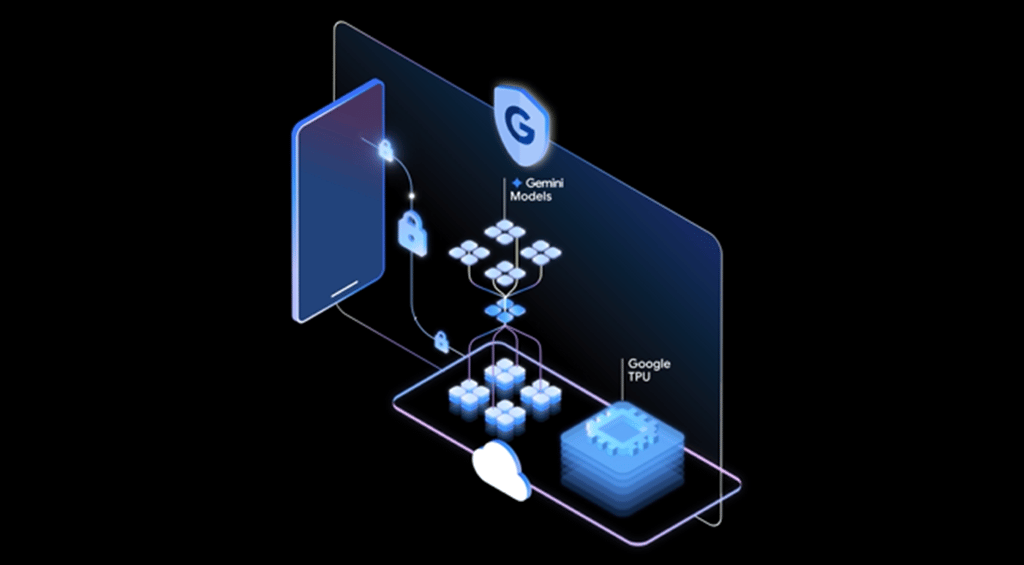Amazon Web Services (AWS) is the gold standard of enterprise data cloud storage. Practically every hybrid cloud storage appliance sports AWS support and it consistently ranks among the top infrastructure as a service (IaaS) providers, a category that relies heavily on cloud storage (plus networking and processing, of course) to deliver adaptive, hyperscale application experiences. […]
Datamation content and product recommendations are
editorially independent. We may make money when you click on links
to our partners.
Learn More
Amazon Web Services (AWS) is the gold standard of enterprise data cloud storage. Practically every hybrid cloud storage appliance sports AWS support and it consistently ranks among the top infrastructure as a service (IaaS) providers, a category that relies heavily on cloud storage (plus networking and processing, of course) to deliver adaptive, hyperscale application experiences.
Microsoft, too, with its far-reaching cloud data center footprint and StorSimple hybrid cloud storage system line, has also made a name for itself in the realm of cloud storage among businesses. (Microsoft acquired StorSimple in 2012).
Cloud Storage and Backup Benefits
Protecting your company’s data is critical. Cloud storage with automated backup is scalable, flexible and provides peace of mind. Cobalt Iron’s enterprise-grade backup and recovery solution is known for its hands-free automation and reliability, at a lower cost. Cloud backup that just works.
SCHEDULE FREE CONSULT/DEMO
Today, Google announced a “refresh” of its Cloud Storage platform, complete with new Storage Classes that will enable businesses to align their business and technical requirements with their budgetary constraints.
“We’re introducing new storage classes, data lifecycle management tools, improved availability and lower prices — all to make it easy for our customers to store their data with the right type of storage,” wrote Google product manager Kirill Tropin in a blog post. “Whether a business needs to store and stream multimedia to their users, store data for machine learning and analytics or restore a critical archive without waiting for hours or days, Cloud Storage now offers a broad range of storage options to meet those needs.”
The new Storage Classes include Coldline, an archival and disaster recovery tier that costs $0.007 per gigabyte (GB) per month to maintain and $0.05 per GB of data retrieved. The new Multi-Regional and Regional Google cloud tiers offer service-level agreements (SLAs) of 99.95-percent and 99.9-percent uptime, respectively.
The Multi-Regional Google Storage Class, with its geo-redundant data protection capabilities, is priced at 2.6 cents per GB per month while Regional costs 2 cents per GB. Finally, the Nearline tier, suitable for backups and other infrequently-accessed data, costs a penny per GB per month.
Next month, customers using Google’s APIs for Multi-Regional and Regional cloud storage can expect to spend less.
“Effective November 1st we’re also introducing new lower API operations pricing for both Multi-Regional and Regional storage classes. Class A operations will cost $0.005 per 1,000 operations (50-percent price reduction), and Class B will cost $0.004 per 10,000 operations (60-percent price reduction),” added Tropin.
Moreover, Google is doubling down on a critical aspect of cost-effectively managing enterprise data storage.
“We’re introducing the beta of new data lifecycle management capabilities to make it easier to manage data placement,” Tropin stated. “Any Google Cloud Storage bucket can now hold data in different storage classes, and the lifecycle policy feature can automatically transition objects in-place to the appropriate colder storage class based on the age of the objects.”
Pedro Hernandez is a contributing editor at Datamation. Follow him on Twitter @ecoINSITE.
-
Ethics and Artificial Intelligence: Driving Greater Equality
FEATURE | By James Maguire,
December 16, 2020
-
AI vs. Machine Learning vs. Deep Learning
FEATURE | By Cynthia Harvey,
December 11, 2020
-
Huawei’s AI Update: Things Are Moving Faster Than We Think
FEATURE | By Rob Enderle,
December 04, 2020
-
Keeping Machine Learning Algorithms Honest in the ‘Ethics-First’ Era
ARTIFICIAL INTELLIGENCE | By Guest Author,
November 18, 2020
-
Key Trends in Chatbots and RPA
FEATURE | By Guest Author,
November 10, 2020
-
Top 10 AIOps Companies
FEATURE | By Samuel Greengard,
November 05, 2020
-
What is Text Analysis?
ARTIFICIAL INTELLIGENCE | By Guest Author,
November 02, 2020
-
How Intel’s Work With Autonomous Cars Could Redefine General Purpose AI
ARTIFICIAL INTELLIGENCE | By Rob Enderle,
October 29, 2020
-
Dell Technologies World: Weaving Together Human And Machine Interaction For AI And Robotics
ARTIFICIAL INTELLIGENCE | By Rob Enderle,
October 23, 2020
-
The Super Moderator, or How IBM Project Debater Could Save Social Media
FEATURE | By Rob Enderle,
October 16, 2020
-
Top 10 Chatbot Platforms
FEATURE | By Cynthia Harvey,
October 07, 2020
-
Finding a Career Path in AI
ARTIFICIAL INTELLIGENCE | By Guest Author,
October 05, 2020
-
CIOs Discuss the Promise of AI and Data Science
FEATURE | By Guest Author,
September 25, 2020
-
Microsoft Is Building An AI Product That Could Predict The Future
FEATURE | By Rob Enderle,
September 25, 2020
-
Top 10 Machine Learning Companies 2021
FEATURE | By Cynthia Harvey,
September 22, 2020
-
NVIDIA and ARM: Massively Changing The AI Landscape
ARTIFICIAL INTELLIGENCE | By Rob Enderle,
September 18, 2020
-
Continuous Intelligence: Expert Discussion [Video and Podcast]
ARTIFICIAL INTELLIGENCE | By James Maguire,
September 14, 2020
-
Artificial Intelligence: Governance and Ethics [Video]
ARTIFICIAL INTELLIGENCE | By James Maguire,
September 13, 2020
-
IBM Watson At The US Open: Showcasing The Power Of A Mature Enterprise-Class AI
FEATURE | By Rob Enderle,
September 11, 2020
-
Artificial Intelligence: Perception vs. Reality
FEATURE | By James Maguire,
September 09, 2020
SEE ALL
CLOUD ARTICLES









